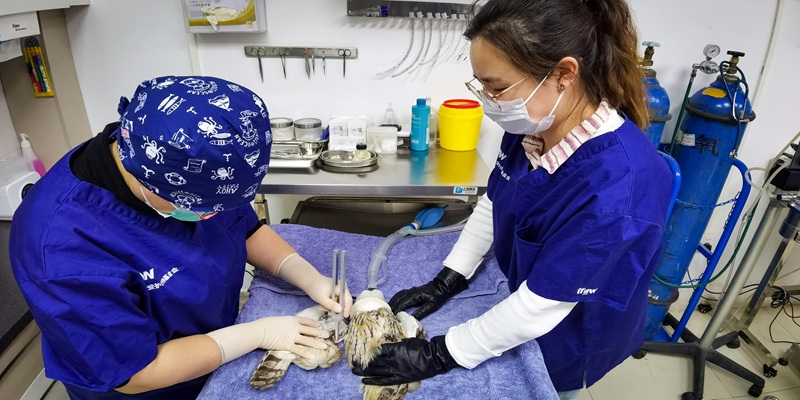The modern veterinary space has transformed emergingly, with clinics and pet owners alike demanding faster, more efficient care. Amid this shift, the integration of digital health records and payment systems has emerged as a game-changer. By merging these tools, veterinary practices can reduce administrative burdens, enhance client satisfaction, and improve overall care quality. Let’s explore how this synergy is transforming the industry—and why it matters for pets, owners, and providers.
The Current Challenges in Veterinary Care
Veterinary visits often involve a whirlwind of tasks: updating medical histories, processing payments, and coordinating follow-up care. Unfortunately, many clinics still rely on paper-based systems or fragmented digital tools. For instance, a receptionist might manually input patient data while another staff member handles billing separately. This disjointed approach not only slows down operations but also increases the risk of errors.
Moreover, pet owners today expect seamless experiences akin to human healthcare. Long wait times, confusing invoices, and misplaced records can frustrate clients, potentially harming a clinic’s reputation. Transitioning to integrated systems addresses these pain points head-on, creating a smoother journey for everyone involved.
What Are Digital Health Records?
Digital health records (DHRs) are electronic versions of a pet’s medical history, stored securely in the cloud or clinic servers. These systems consolidate vaccination dates, diagnostic results, treatment plans, and owner communications into a single accessible platform. Unlike paper files, DHRs can be updated in real time, shared instantly with specialists, and accessed remotely by veterinarians during emergencies.
For example, if a dog undergoes surgery, the vet can immediately log post-operative notes into the DHR. The owner then receives an automated summary via email, complete with medication instructions. This transparency builds trust and ensures continuity of care, especially for pets with chronic conditions.
The Role of Payment Integration in Veterinary Practices
Payment integration refers to systems that automate billing, insurance claims, and payment processing. When combined with DHRs, these tools eliminate the need for manual data entry. Imagine a scenario where a clinic’s software automatically generates an invoice based on the services logged in the pet’s digital record. The owner can then pay via a secure portal using their preferred method—credit card, mobile wallet, or insurance.
This approach reduces checkout times and minimizes billing disputes. Additionally, integrated systems can send payment reminders or split invoices for multi-pet households. For clinics, faster payments mean improved cash flow and fewer administrative headaches.
How Integration Enhances the Client Experience
Clients today crave convenience. By unifying health records and payments, veterinary practices meet this demand in several ways. First, pet owners spend less time filling out forms or waiting for invoices. Second, they gain 24/7 access to their pet’s medical history through patient portals. This is particularly useful for traveling owners or those switching clinics.
Transitionally, integrated systems also foster better communication. Automated alerts can notify owners about upcoming appointments, prescription refills, or preventive care needs. For instance, a cat due for a booster shot might trigger a reminder email with a direct link to schedule a visit. Such proactive engagement strengthens client loyalty and ensures pets receive timely care.
Boosting Efficiency for Veterinary Staff
Behind the scenes, integration lightens the workload for veterinarians and support teams. Instead of juggling multiple platforms, staff can navigate a unified interface. A vet, for example, can review a patient’s DHR while discussing treatment costs in real time. Meanwhile, receptionists process payments with a few clicks rather than manually reconciling cash drawers.
Furthermore, automation reduces human error. Misplaced files or incorrect billing codes become rare when systems cross-reference data automatically. This accuracy not only saves time but also safeguards clinics against compliance issues or financial losses.
Security and Compliance Considerations
Of course, digitizing sensitive data requires robust security measures. Reputable DHR and payment platforms use encryption, multi-factor authentication, and regular audits to protect information. Clinics must also ensure compliance with regulations like the Health Insurance Portability and Accountability Act (HIPAA) or regional data protection laws.
Thankfully, integrated systems often include built-in compliance features. For example, access logs can track who viewed a pet’s record, while payment portals adhere to Payment Card Industry (PCI) standards. By prioritizing security, clinics build client trust and avoid costly breaches.
Steps to Implement Integrated Systems
- Transitioning to an integrated model requires careful planning. Here’s a step-by-step approach:
- Assess Current Workflows: Identify bottlenecks in record-keeping and payment processing.
- Research Platforms: Choose software that combines DHRs, billing, and client communication tools.
- Train Staff: Provide hands-on training to ensure smooth adoption.
- Migrate Data Securely: Transfer existing records to the new system with professional IT support.
- Educate Clients: Use emails, brochures, or in-clinic signage to explain the benefits of the new system.
Clinics should also start with a pilot phase, testing the system on a small group before full rollout.
The Prospect of Veterinary Care: Beyond Integration
Looking ahead, emerging technologies like artificial intelligence (AI) and telemedicine will further enhance integrated systems. AI could analyze DHRs to predict health risks, while telemedicine platforms might link payment portals to virtual consultations. Blockchain technology may even enable secure, decentralized health records accessible globally.
For now, clinics that embrace digital integration position themselves as industry leaders. They not only streamline operations but also demonstrate a commitment to modern, client-centered care.
Conclusion
The fusion of digital health records and payment systems is no longer a luxury—it’s a necessity for thriving veterinary practices. By reducing wait times, improving accuracy, and enhancing communication, these tools create happier clients and healthier pets. As the industry continues to evolve, clinics that invest in integration will stand out in an increasingly competitive market.
For pet owners, the takeaway is clear: seek clinics that prioritize technological innovation. After all, your furry family member deserves the same efficiency and care as any human loved one.
































